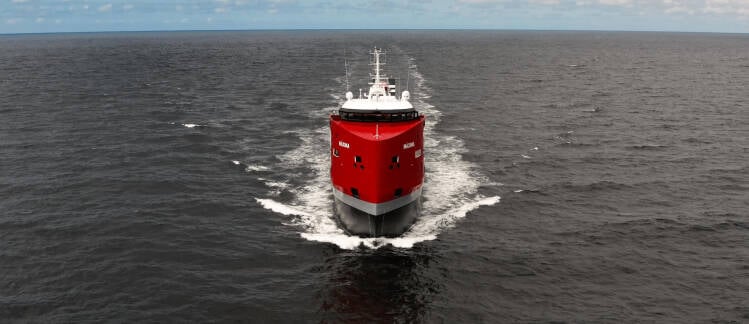Correction methods improved for wind and waves
In the four-year revision process, the results of STA’s R&D and validation work carried out by the ITTC over the last decade have been implemented. Correction methods for wind were improved and new wind limits have been introduced in combination with specified wind sensors. With the use of Lidar for undisturbed wind measurement or the use of 3D ultrasonic wind meters higher wind speeds are allowed.
For the correction of wave effects, the use of transfer function of added resistance from seakeeping model tests are specified. If these are not available, the transfer functions have to be computed by the newly introduced SNNM method. In both cases the actual wave spectrum has to be measured by a wave buoy, shipborne wave radar or drone. In case the waves are not measured and remain below the specified permissible height, the effects of waves may be corrected by the STAWAVE-1 method using the observed wave height as input.
This modernised standard was published by the ISO after a revision conducted by a working group consisting of 40 international experts originating from all stakeholders (www.iso.org). This third edition creates a level playing field for EEDI and newbuilding contracts.
Over the last two decades MARIN contributed essential R&D to arrive at a uniform standard for speed/power trials, with the target to assess ship speed within 0.1 knots and propulsion power within 2%.
On behalf of STA, ISO 15016:2025 has been implemented in STAIMO 3.0 freeware available from www.staimo.com.
To ensure that future updates to the standard can incorporate state-of-the-art techniques and methodologies, ongoing developments are being pursued within the recently launched STA-2 project. In this follow-up Joint Industry Project, major shipowners, operators, shipyards, designers, class societies and research institutes jointly conduct research to improve the determination of the actual, full-scale speed/power performance of ships, both from speed/power trials and in-service performance measurements.
Create a MARIN account to stay updated

Report
June 2025, no. 144

A correction method for shallow water effects on ship speed trials
linkedin.com/company/company/sta-2-jip



staimo.com

marin.nl/jips/sta-2

More info
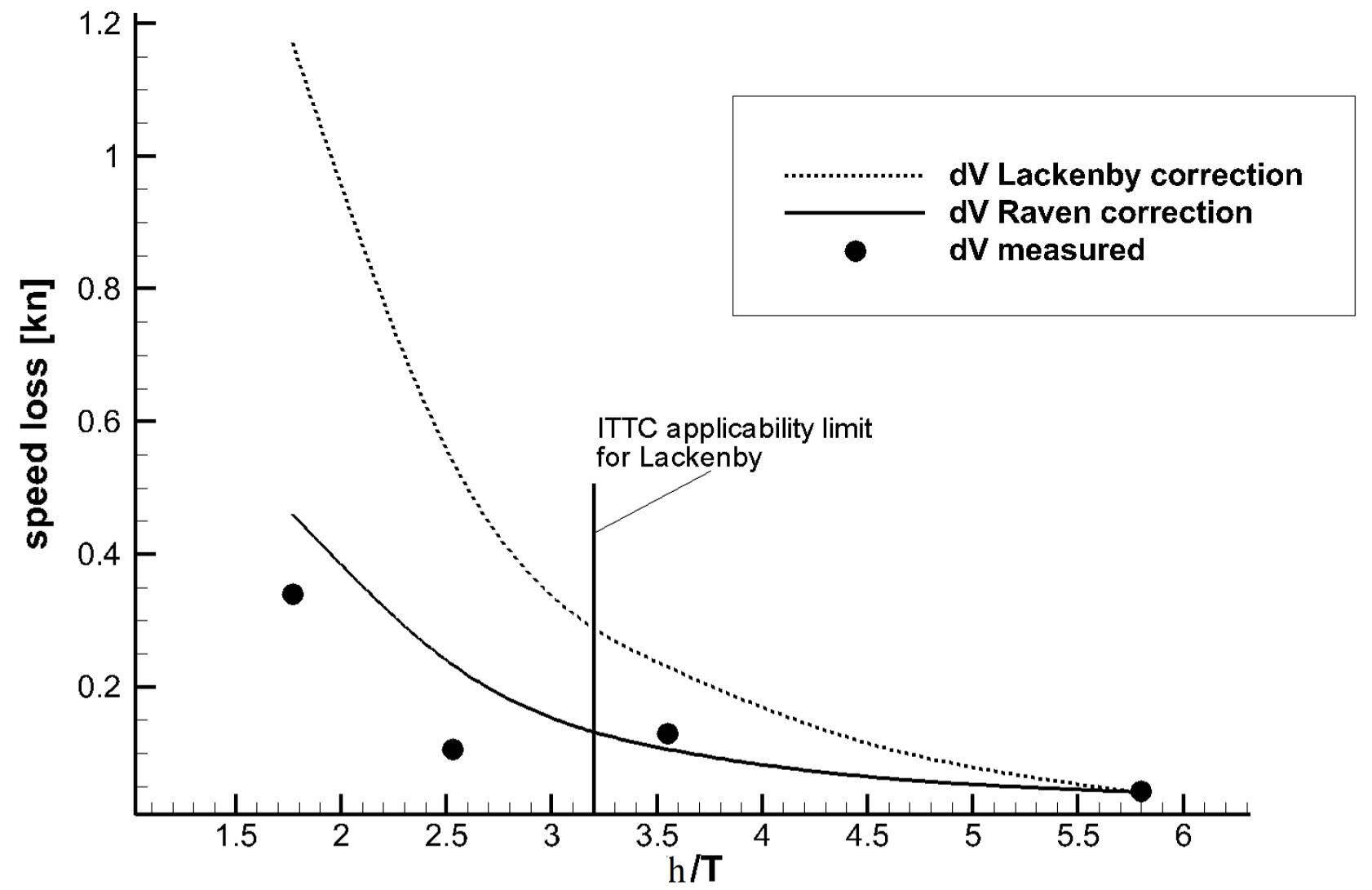
Results of Raven and Lackenby compared with the trial results of a research vessel.
Modern sensor systems for wind and waves.
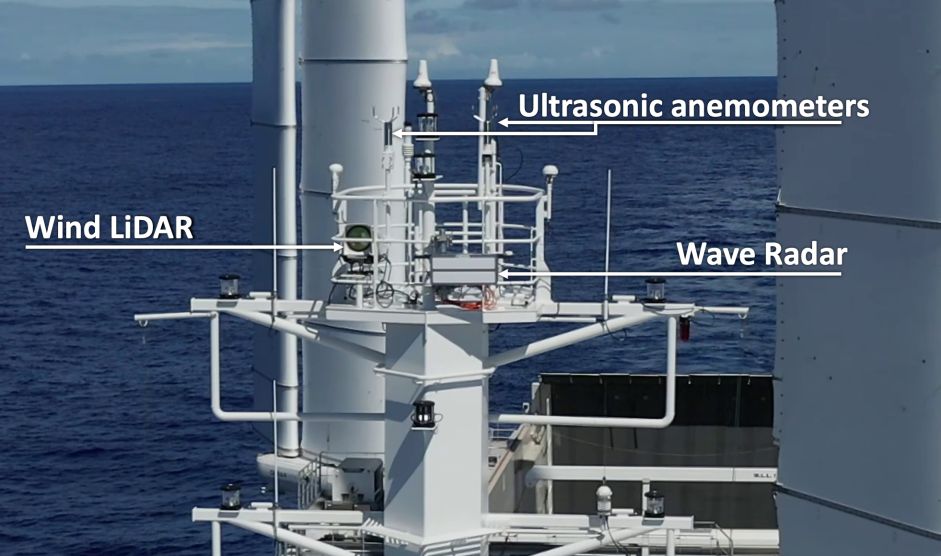
Interested? Contact us to discuss your options
ISO 15016:
2025 Improved standard for speed/power trials
Following a four-year revision, the IMO MEPC83 accepted ISO 15016:2025 as the new standard for EEDI speed/power trials in April 2025.
In 2005 this resulted in the STA Industry Standard which was validated by the ITTC in 2012 and implemented in ISO 15016:2015. This second edition of the ISO standard was accepted by the IMO MEPC for EEDI. It was also implemented by STA-Group in the freeware STAIMO which enables a trial analysis on board within one hour after completing the speed-power runs.
Speed/power trials are conducted to establish the performance of the vessel at design draught and trim under stipulated conditions, usually deep water, and no wind, waves or current. As conditions encountered during trials often deviate from the contract/EEDI conditions, trials and measurements are conducted in a specified routine and corrections are applied in the analysis of the measured speed and power.

“For the correction of wave effects, the use of transfer function of added resistance from seakeeping model tests are specified.”
Shallow water
Another important improvement is the replacement of the method for shallow water effects. After identifying serious shortcomings in the approach and data published by Lackenby in 1965, on request of the STA-Group, Dr Hoyte Raven developed a new practical method. Based on extensive CFD analyses and model tests, he separately considered shallow water effects on the viscous resistance and sinkage, both important aspects determining power demand. The results of Raven and Lackenby were compared with the results of dedicated full-scale trial campaigns with three vessels tested in three to four water depths each. It was concluded that Raven’s method consistently better predicts the effect of shallow water on ship power.
The revision also includes a further clarification of the conversion procedure of trial results at ballast draught to design draught. In the past this was a major source of errors which was proven by full-scale trials on a 14,000 TEU container vessel at design and ballast draught.
Unified standard
With this revision, the selection and specified application of correction methods and measurements of wind and wave ambiguities are avoided, and the accuracy and reliability of speed/power trials is improved. The unified ISO 15016:2025 creates a level playing field for EEDI, newbuild contracts and EEXI.
More detailed information on the revisions can be found in the paper by Henk van den Boom, Hans Huisman and Gerhard Strasser to be presented at PRADS 2025: “ISO 15016:2025 Improved Standard for Speed/Power Trials”.
STA-Group’s pivotal role
The first edition of ISO 15016 was published in 2002. At the same time, the Sea Trial Analysis Joint Industry Project organised by MARIN analysed the speed/power trial results of 30 modern ships contributed by participating owners and operators. The gap-analysis emphasised the need for a new approach. In close cooperation with 37 STA members, MARIN developed the Direct Power Method with new correction procedures for wind and waves.
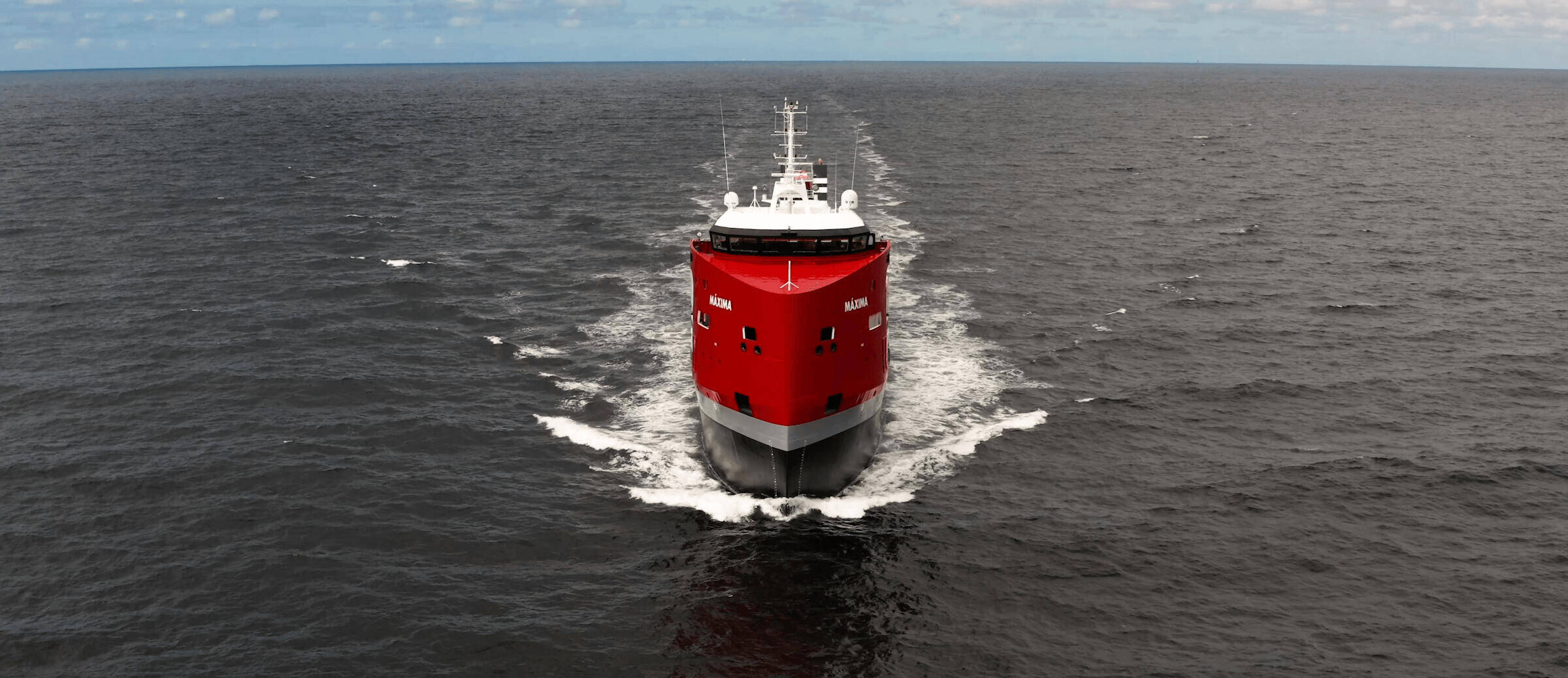




Correction methods improved for wind and waves
In the four-year revision process, the results of STA’s R&D and validation work carried out by the ITTC over the last decade have been implemented. Correction methods for wind were improved and new wind limits have been introduced in combination with specified wind sensors. With the use of Lidar for undisturbed wind measurement or the use of 3D ultrasonic wind meters higher wind speeds are allowed.
For the correction of wave effects, the use of transfer function of added resistance from seakeeping model tests are specified. If these are not available, the transfer functions have to be computed by the newly introduced SNNM method. In both cases the actual wave spectrum has to be measured by a wave buoy, shipborne wave radar or drone. In case the waves are not measured and remain below the specified permissible height, the effects of waves may be corrected by the STAWAVE-1 method using the observed wave height as input.
This modernised standard was published by the ISO after a revision conducted by a working group consisting of 40 international experts originating from all stakeholders (www.iso.org). This third edition creates a level playing field for EEDI and newbuilding contracts.
Over the last two decades MARIN contributed essential R&D to arrive at a uniform standard for speed/power trials, with the target to assess ship speed within 0.1 knots and propulsion power within 2%.
June 2025, no. 144


staimo.com
On behalf of STA, ISO 15016:2025 has been implemented in STAIMO 3.0 freeware available from www.staimo.com.
To ensure that future updates to the standard can incorporate state-of-the-art techniques and methodologies, ongoing developments are being pursued within the recently launched STA-2 project. In this follow-up Joint Industry Project, major shipowners, operators, shipyards, designers, class societies and research institutes jointly conduct research to improve the determination of the actual, full-scale speed/power performance of ships, both from speed/power trials and in-service performance measurements.

A correction method for shallow water effects on ship speed trials

marin.nl/jips/sta-2

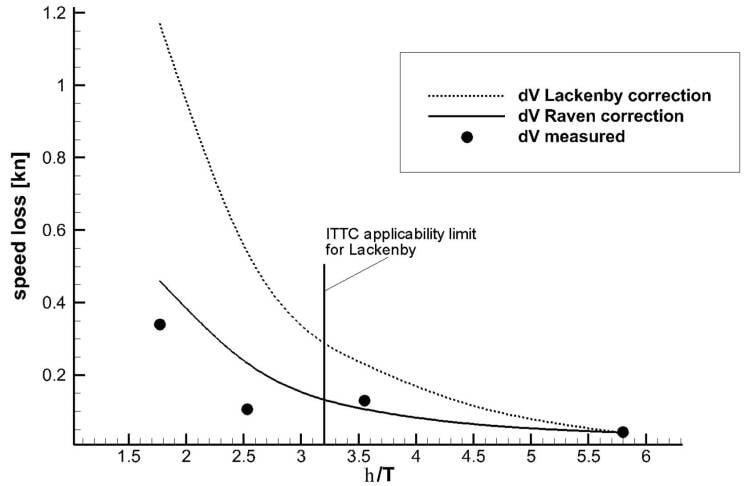
Results of Raven and Lackenby compared with the trial results of a research vessel.
Shallow water
Another important improvement is the replacement of the method for shallow water effects. After identifying serious shortcomings in the approach and data published by Lackenby in 1965, on request of the STA-Group, Dr Hoyte Raven developed a new practical method. Based on extensive CFD analyses and model tests, he separately considered shallow water effects on the viscous resistance and sinkage, both important aspects determining power demand. The results of Raven and Lackenby were compared with the results of dedicated full-scale trial campaigns with three vessels tested in three to four water depths each. It was concluded that Raven’s method consistently better predicts the effect of shallow water on ship power.
The revision also includes a further clarification of the conversion procedure of trial results at ballast draught to design draught. In the past this was a major source of errors which was proven by full-scale trials on a 14,000 TEU container vessel at design and ballast draught.
Unified standard
With this revision, the selection and specified application of correction methods and measurements of wind and wave ambiguities are avoided, and the accuracy and reliability of speed/power trials is improved. The unified ISO 15016:2025 creates a level playing field for EEDI, newbuild contracts and EEXI.
More detailed information on the revisions can be found in the paper by Henk van den Boom, Hans Huisman and Gerhard Strasser to be presented at PRADS 2025: “ISO 15016:2025 Improved Standard for Speed/Power Trials”.
In 2005 this resulted in the STA Industry Standard which was validated by the ITTC in 2012 and implemented in ISO 15016:2015. This second edition of the ISO standard was accepted by the IMO MEPC for EEDI. It was also implemented by STA-Group in the freeware STAIMO which enables a trial analysis on board within one hour after completing the speed-power runs.
linkedin.com/company/company/sta-2-jip

More info
Modern sensor systems for wind and waves.
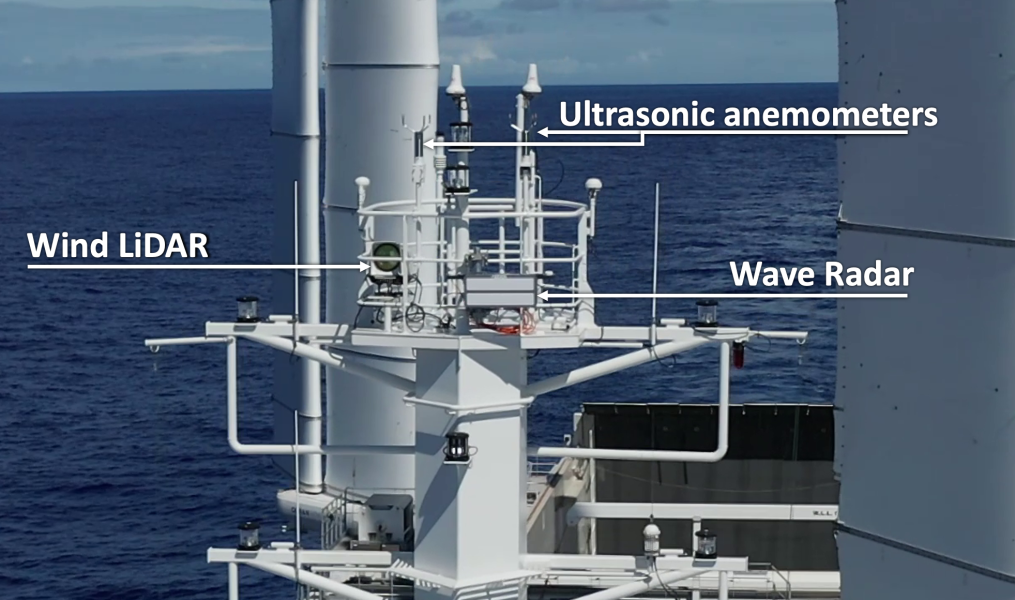

“For the correction of wave effects, the use of transfer function of added resistance from seakeeping model tests are specified.”
Interested? Contact us to discuss your options
STA-Group’s pivotal role
The first edition of ISO 15016 was published in 2002. At the same time, the Sea Trial Analysis Joint Industry Project organised by MARIN analysed the speed/power trial results of 30 modern ships contributed by participating owners and operators. The gap-analysis emphasised the need for a new approach. In close cooperation with 37 STA members, MARIN developed the Direct Power Method with new correction procedures for wind and waves.
Speed/power trials are conducted to establish the performance of the vessel at design draught and trim under stipulated conditions, usually deep water, and no wind, waves or current. As conditions encountered during trials often deviate from the contract/EEDI conditions, trials and measurements are conducted in a specified routine and corrections are applied in the analysis of the measured speed and power.
Following a four-year revision, the IMO MEPC83 accepted ISO 15016:2025 as the new standard for EEDI speed/power trials in April 2025.
ISO 15016:
2025 Improved standard for speed/power trials
Create a MARIN account to stay updated





Report

